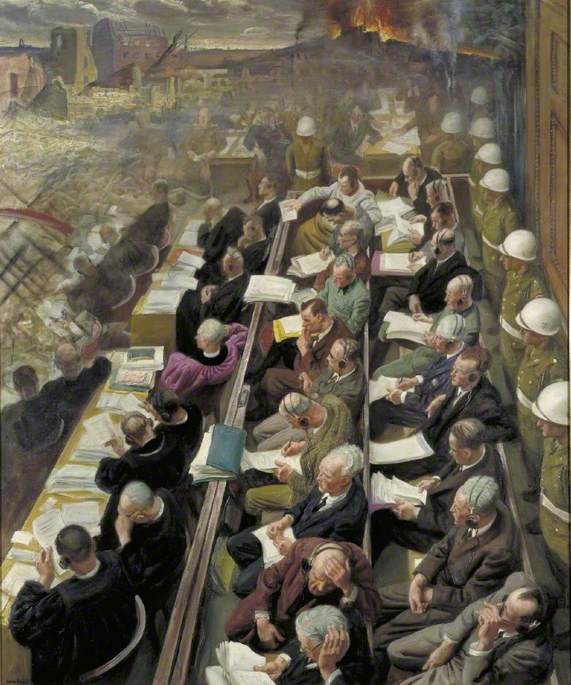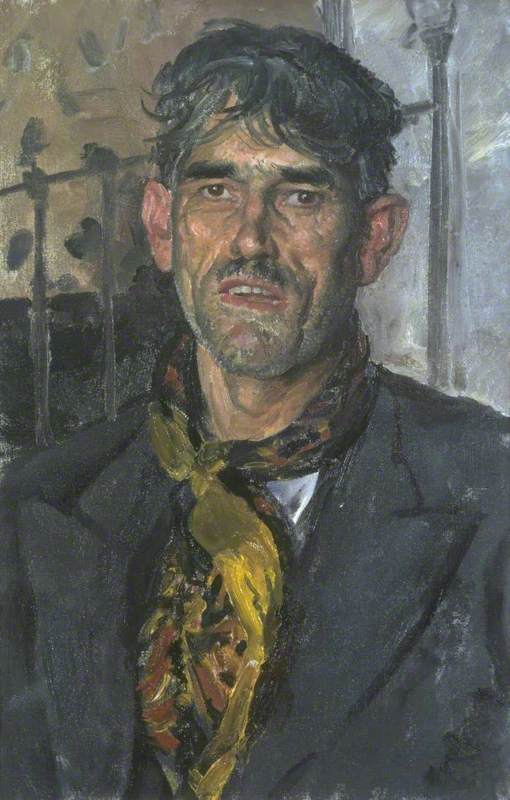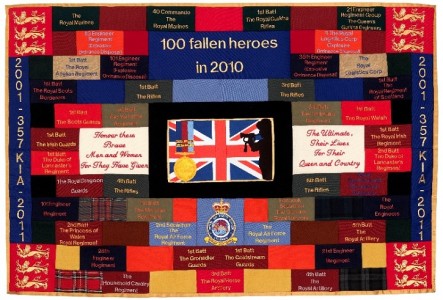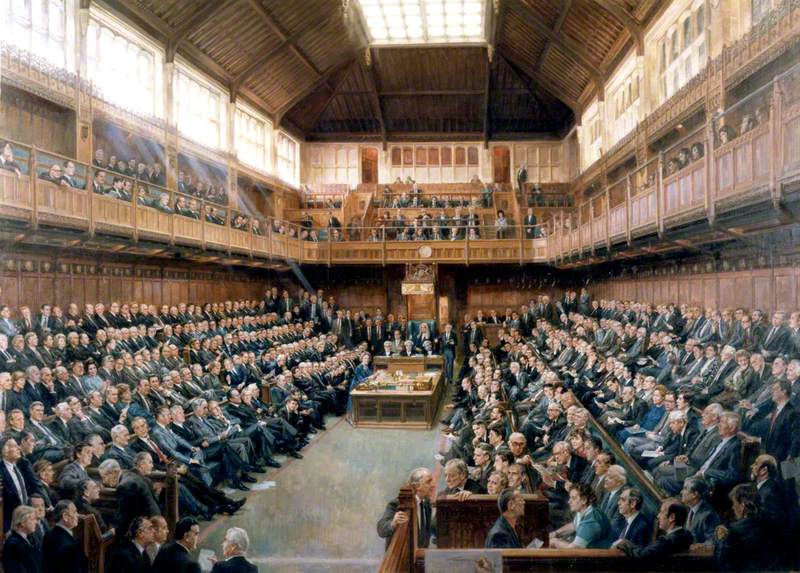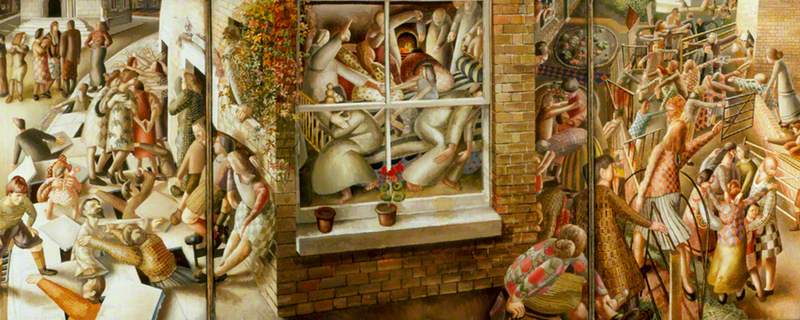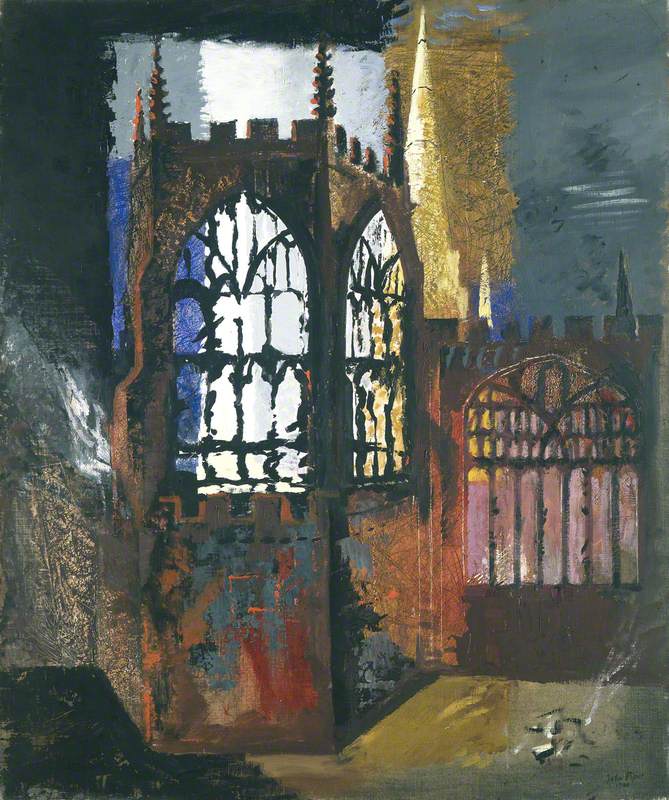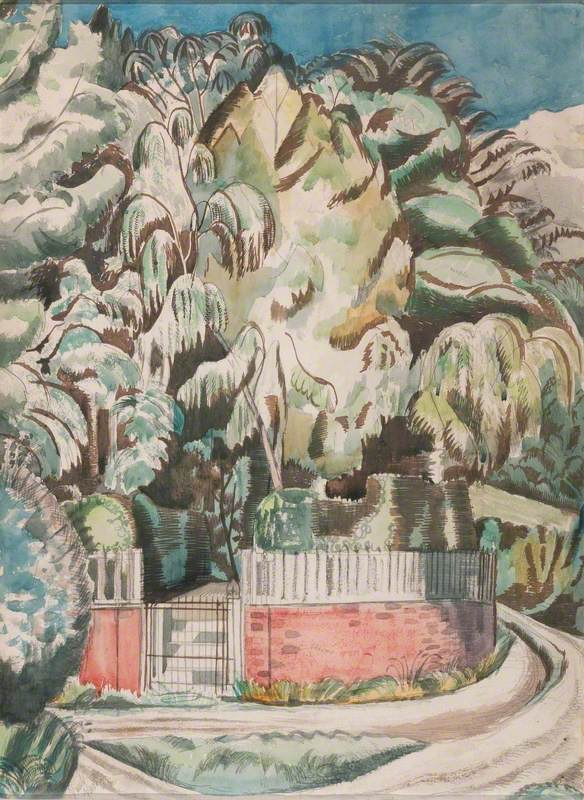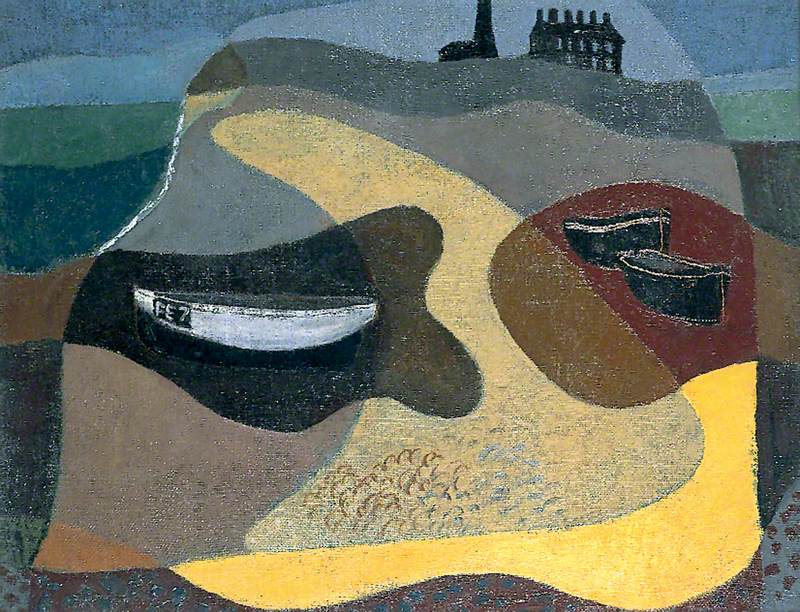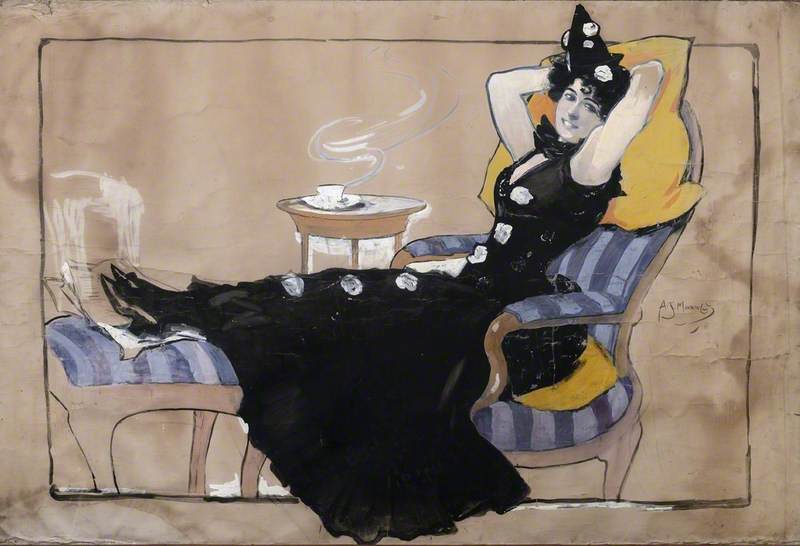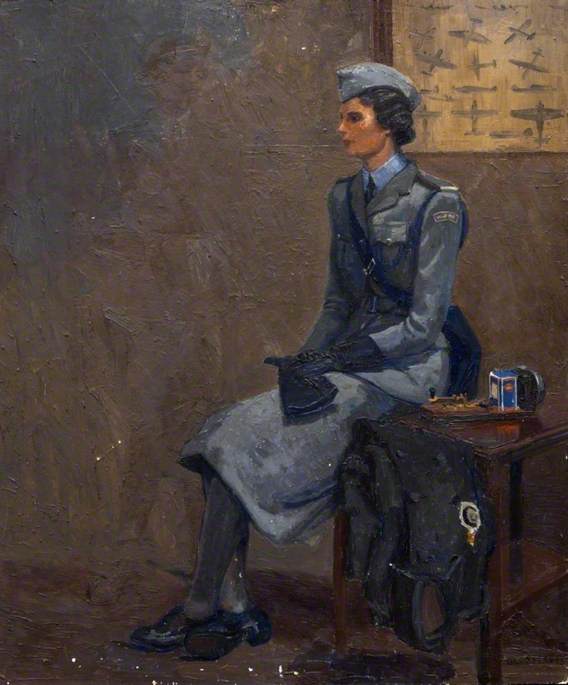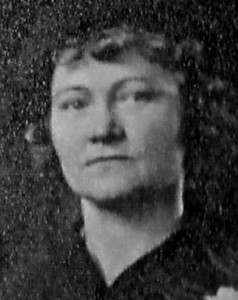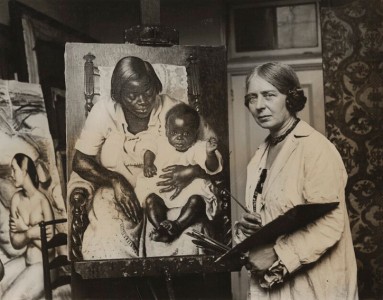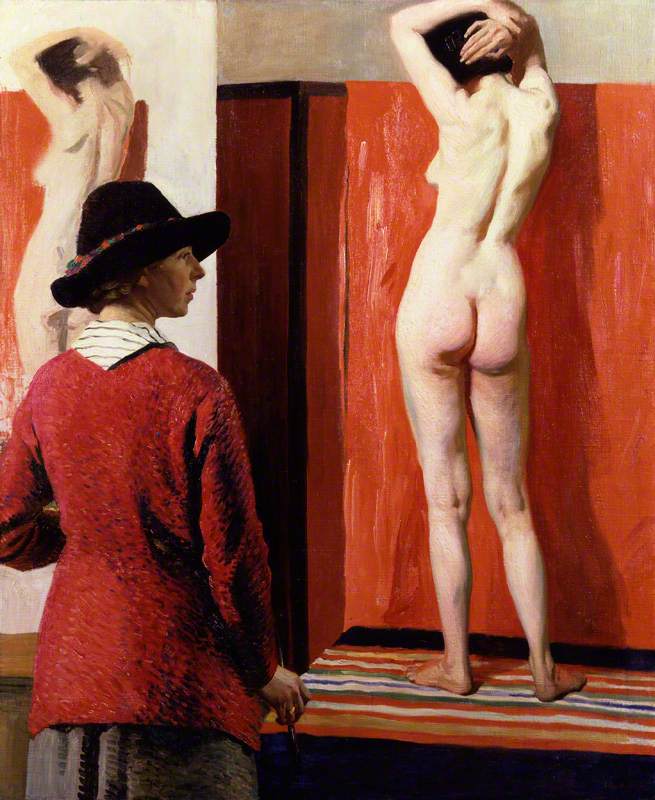I first saw Laura Knight’s Nuremberg Trial on the cover of a book, one published many years ago. It was a finely written account of the trial, by Ann and John Tusa. It has become a classic, we became neighbours.
The painting portrays the dock of Courtroom 600 in Nuremberg’s Palace of Justice. We see 20 senior Nazis, seated in various modes of inattentiveness.
They are all German, and all men: no woman appears in the eye of this female painter, and the only women in the trial – stenographers, journalists, witnesses – are not apparent.
The painting evoked then, and still today, a sense of how the courtroom must have felt, an image that buried itself into my consciousness. Perhaps this is because most of the images of the trial are in black and white, and here we have colours both vivid and dull. They offset the excitement of a trial that was unique in human history – this was the first time ever that the leaders of any country found themselves before an international court of justice – with the daily mundanity of criminal procedure.
There is here too a powerful sense of structure. In the midst of the dullness, the white helmets of the military guards stand out, offering a sense of order against a backdrop of ruin and explosive mayhem. The white pages being studied by the defendants offer a tantalising possibility of detail, but one that will not be available to us. We can but imagine what it is that these men grapple with.
Over the years I have come to know the details of the trial. Immediately behind the guards is a sliding wooden door, through which each defendant will pass to enter Courtroom 600, disgorged from the elevator that has conveyed them from their place of incarceration to this space of public shaming. Only if you know it to be there can you see it. The judges too are out of the frame, sitting opposite these defendants, eight men who have become the holders of power in the shift that has occurred in this courtroom.
Finally, the arrangement of the defendants is puzzling. At the end of the front row one can see the oversized figure of Hermann Goering, in his white suit, sitting where he actually sat throughout the trial. Yet many of the others defendants have been shifted around by the artist, for reasons that cannot be known. Hans Frank, the defendant I have come to know best, who was Adolf Hitler’s personal lawyer and later Governor General of occupied Poland, on whose territory were constructed many of the most notorious death camps, actually sat in the front row, six along from Goering. Yet Knight has moved him to the end of the second row, far from Goering. His right hand bears the scars of a failed suicide attempt, and the artist has removed the glove he wore each day in the trial.
What prompted the changes? The question in no way diminishes from the great power of the work, an image of once powerful men reduced to fearful spectators of their own imminent demise.
Philippe Sands, QC
